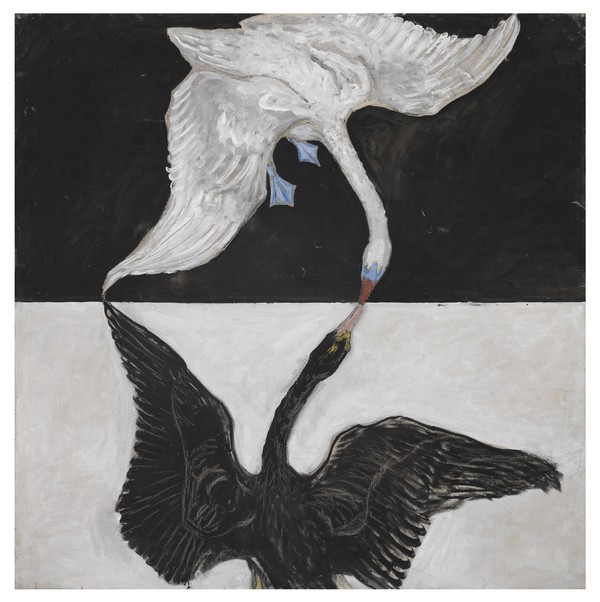
The painter Wilhelm Hensel, his wife Fanny, composer, née Mendelssohn, and his nine-year-old son Sebastian left Leipzig on 4 September 1839 towards Italy. The journey was for him up to a certain point a business one, and for the whole family was the opportunity to discover a new and fascinating country. They arrived in Milan on the 30th, and from there they travelled to Venice, Florence, Rome, and Naples. Wilhelm continued towards the south, while Fanny and the boy, overcome with heat, waited in that late city. On 11 August, they began the way back, and arrived in Leipzig in early September. After spending a few days with Felix and his family, they returned to their home in Berlin. They had been on holiday for over a year.
Actually, I was looking for one date, just that, but I found a detailed description of the journey and my imagination ran riot. Oh, travelling without worries, who cares the current account or the schedule! Staying in the best accommodations, discovering the treasures of Florence and Rome without long queues… a private visit to the Sistine Chapel! It must be nice to be rich. Because the Mendelssohn, let's not forget, were rich. Not what we would call a wealthy family, no; they were rich enough to maintain their own choir or to pay an orchestra when needed for the Sunday's home concerts.
But well, let's go back to what I was looking for, the date of composition of Schwanenlied's [Song of the swan], our piece this week. Fanny Hensel composed it in the autumn of 1839, during her stay in Rome; it is one of the five lieder she composed during that journey. It also was her last Lied with a poem by Heinrich Heine. Fanny had met the poet, because he was one of many intellectuals who frequented the Mendelssohn's place; they were as interested in culture as on money. She didn't like him very much, she said his favourite conversation topic was himself (why I'm not surprised he wanted to impress her), but she greatly admired his poetry, and she set into music seventeen of his poems; if we include the duets and part songs , they are around thirty.
Schwanenlied, the poem Es fällt ein Stern herunter, is on the list The Buch der Lieder and ten composers; it's No. 59 from the Lyrisches Intermezzo. So, we find it in the final part of the collection; if we think of Schumann's Dichterliebe, this poem is the third after Allnächtlich im Traume. The first stanza tells us of a shooting star, which the poet says is the star of love; the second one, of a light wind that plays with the leaves of an apple tree. In the version set by Hensel and other composers, only leaves fall, but in others such as Pfitzner's, and in the copy of the Buch der Lieder I have at home, leaves, and flowers fall. And it's not good that flowers fall because then there will be no fruits. Can we understand this as a first sign that something is wrong? The first verse of the third stanza confirms that the scene won't have a happy end: "Es singt der Schwan im Weiher", On the lake a swan is singing. It was already said In Ancient Greece that the swan (an animal with many mythological connotations) only sang once in life, when it presumed his death, and that his singing was beautiful. Indeed, the swan of the poem will disappear into the water, and when its singing fades, it will only remain darkness.
Fanny Mendelssohn's song is strophic, each musical stanza contains two stanzas from the poem. The most characteristic of the song, which is truly beautiful, is the accompaniment, that figure repeated throughout almost the entire score. The indicated tempo is andante, and we already know that it can vary greatly between interpretations; when a slow time is chosen, the song makes us think of the swan elegantly gliding on water, and the smooth movement of a boat. The last two verses of each stanza are repeated, and there is a word that, in this repetition, is lengthened with ornaments. In the first stanza, the word is treiben, referring to the leaves moved by the wind; in the second ons, it is verklungen, the swan song that fades. The two musical stanzas are almost identical; we find the only difference in the second stanza (at least the most significant) precisely on the word Flutengrab, the watery grave of the swan. At this moment, we don't hear the arpeggios anymore, but a succession of notes which, curiously, rises ; we could expect the notes to descend, such as the swan does.
I hope you like the song and the version I chose, that of Julian Prégardien and Martin Helmchen.
Es fällt ein Stern herunter
Aus seiner funkelnden Höh,
Das ist der Stern der Liebe,
Den ich dort fallen seh.
Es fallen von Apfelbaume,
Der weissen Blätter so viel,
Es kommen die neckenden Lüfte,
Und treiben damit ihr Spiel.
Es singt der Schwan im Weiher,
Und rudert auf und ab,
Und immer leiser singend,
Taucht er ins Flutengrab.
Es ist so still und dunkel!
Verweht ist Blatt und Blüt’,
Der Stern ist knisternd zerstoben,
Verklungen das Schwanenlied.
Please follow this link if you need an English translator.


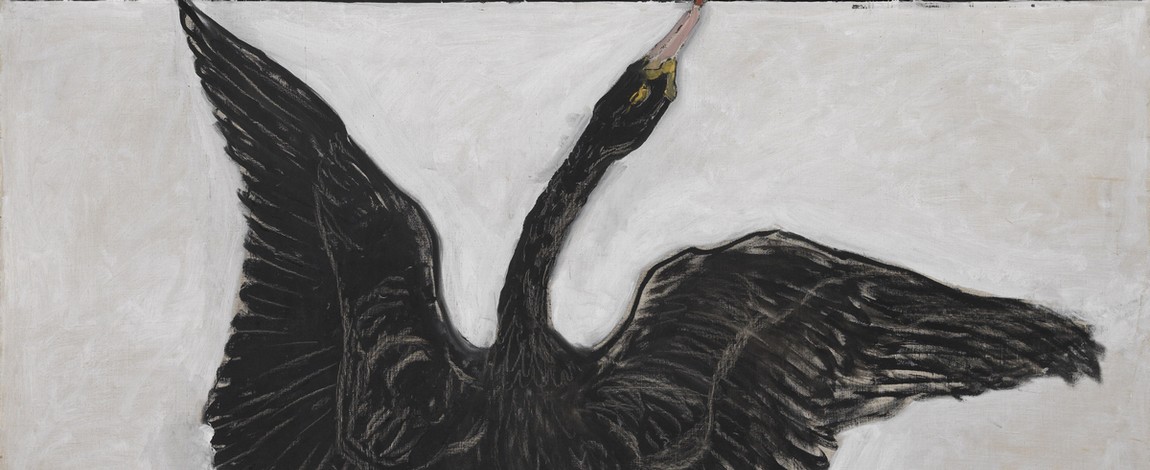
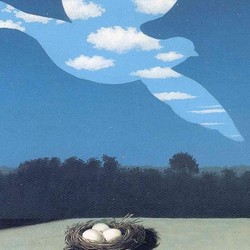
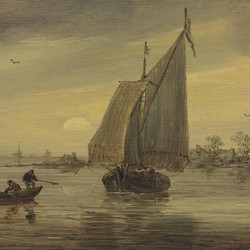
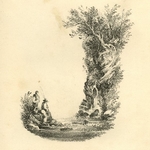
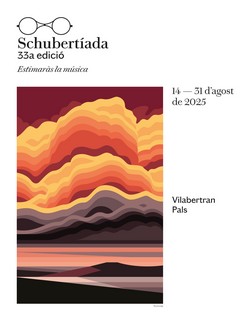
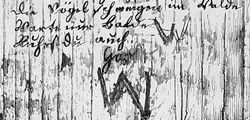
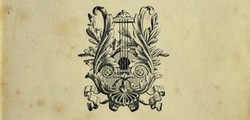
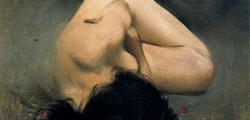

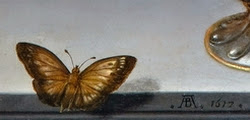
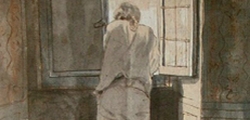
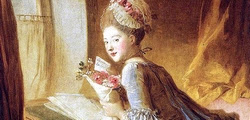
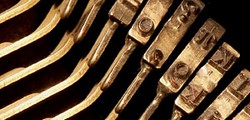



Comments (0)
Comments powered by CComment